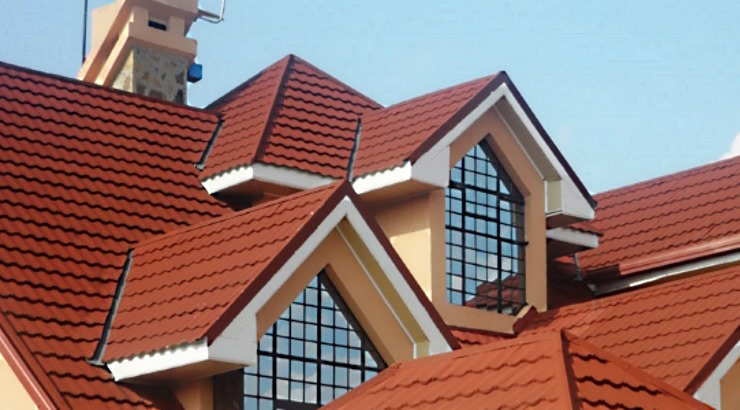Features
How to Choose the Best Roofing for Your Home
Top considerations when choosing a roof system for your home.

Learning how to pick the right roofing material is not only practical but also transforming, as far as improving the appearance of your home is concerned.
After all, your roof is not just a protective lid; it is a design feature that contributes to the character and curb appeal of your home.
While choosing a roofing system, many factors must be considered, all of which affect the aesthetics, functionality, and lifespan of the roof.
Here are seven key factors for choosing the best roofing materials.
1. Roof slope
Roof slope is the degree of incline, expressed as a ratio like 2:12 or 4:12. This ratio indicates the vertical rise (in units) to the horizontal run, crucial in architectural design and impacts water drainage and the choice of roofing materials.
A steeper roof slope, indicated by a higher ratio or pitch, influences the architectural style and aids in efficient water, debris, and snow shedding.
Different slopes suit various climates, with steeper ones preferred in areas with heavy precipitation. Roof slope also guides material choice, impacting longevity, performance, and overall design integration.
Steeped sloped roofs are very attractive but expensive.
The steeper the slope the more the material required for roofing. A steeped slope roof requires more long-lasting materials than a less steeped one.
2. Colour and reflectivity
Light-coloured materials with high reflectivity are ideal for houses in hot climate areas. These roofs reflect much of the sun’s heat to the atmosphere thus helping to keep your house cool.
RELATED: How to Install Metal Roofing for Your Home
3.) Maintenance
Just as your car requires regular oil changes, your roof requires regular maintenance. This involves periodic checks on vulnerable areas that could potentially develop issues.
The frequency of maintenance depends on the chosen roofing material, with some requiring annual, biannual, or quarterly upkeep throughout their lifespan.
Roof maintenance is a costly undertaking, which is why you need to consider how often a specific roofing system requires to be serviced before making a decision.
4.) Energy efficiency
Energy efficiency is a major consideration when choosing roofing materials, as it directly impacts a building’s sustainability.
An energy-efficient roof with reflective and insulating properties reduces reliance on heating and cooling systems, lowering utility bills and environmental impact.
Opting for such energy-efficient roofing systems aligns with sustainability goals and enhances long-term property value.
RELATED: Clay Tile Roofing Materials
5.) Material weight
The weight of a roof can be an issue depending on the structure of your house. However, some of the seemingly heaviest roofs are also the most durable.
It is advisable to first ensure your home’s existing structure can support the weight of a new roofing system.
6.) Price variability
Choosing roofing materials demands budget consideration. Allocate funds for labor, permits, and unexpected expenses.
Asphalt shingles are affordable, while premium options offer benefits with a higher price tag. Look for a material that aligns with your budget without compromising quality for a successful roof investment.
7.) Warranty
When selecting roofing materials, it is wise to opt for the options with the longest available warranty. A substantial warranty not only provides peace of mind but also indicates the manufacturer’s confidence in their product’s durability.
While it might necessitate a higher upfront cost, considering the long-term advantages makes it a valuable investment.














